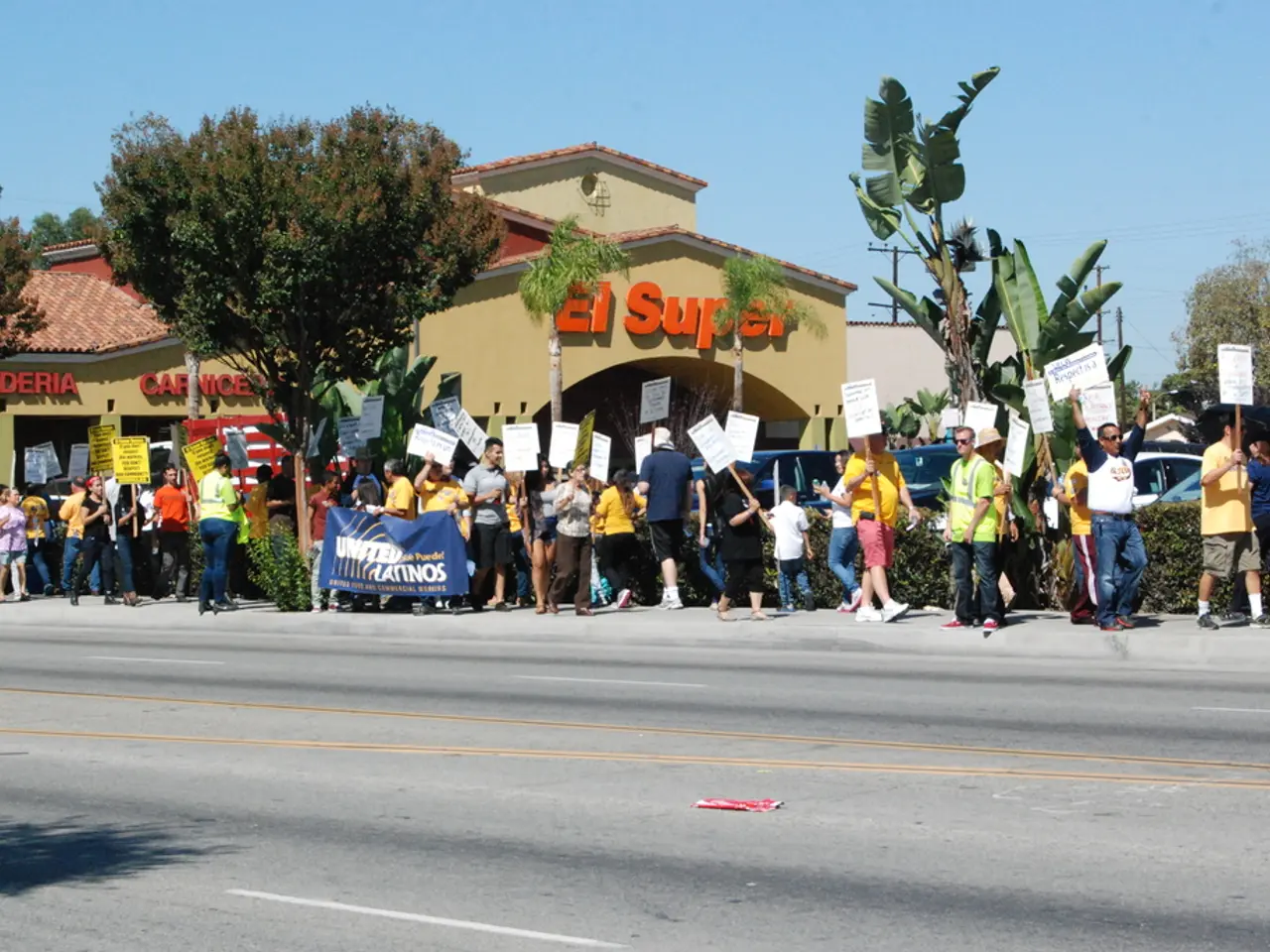Strategies for Conducting a Political Campaign Strengths, Weaknesses, Opportunities, and Threats Evaluation
In the world of politics, a well-planned strategy is key to success. One strategic planning tool that has proven effective in political campaigns is the SWOT analysis. This article will guide you through the steps of performing a SWOT analysis for a political campaign.
Defining Your Campaign Objective
The first step in conducting a SWOT analysis is to clearly establish the focus of your analysis. For example, this goal could be winning a particular election, increasing voter turnout, or improving public perception. This objective will guide the entire analysis.
Gathering Relevant Data
To perform an accurate SWOT analysis, it's essential to collect relevant data. This includes internal data such as campaign resources, candidate strengths, volunteer network, funding, past election performance, and organizational capabilities. Additionally, gather external data including voter demographics, competitor candidates’ profiles, public opinion polls, media landscape, political trends, and regulatory environment.
Identifying Internal Strengths and Weaknesses
Analyze your campaign’s internal assets that give an advantage over rivals, such as a strong candidate profile, high volunteer engagement, financial resources, strong party support, and established community connections. On the other hand, examine areas where your campaign is vulnerable or less effective, such as limited funding, low name recognition, poor digital presence, lack of experienced staff, or weak grassroots support.
Discovering External Opportunities and Threats
Look for external factors your campaign can leverage or capitalize on, such as shifts in voter sentiment or emerging political issues favorable to your stance, opponents’ vulnerabilities or scandals, changes in political alliances or endorsements available, and new communication platforms or media channels to reach voters. Identify external risks that may derail campaign goals, such as strong competition from well-funded opponents or popular incumbents, negative media coverage or misinformation campaigns, changes in election laws or voter suppression tactics, and unpredictable political or economic events impacting voter behavior.
Prioritizing and Analyzing Factors
Evaluate which strengths and opportunities to leverage most, and which weaknesses and threats need urgent mitigation. Prioritize based on potential impact on campaign success.
Developing Strategic Actions
Use SWOT insights to craft strategies that build on strengths and capitalize opportunities, address weaknesses, and mitigate threats. For example, mobilize a strong volunteer base to seize a trending issue, improve fundraising efforts, refine messaging, develop rapid response communication for negative press, and so on.
Collaborating and Involving Team Members
Conduct the SWOT as a collaborative process including campaign staff, advisors, and trusted supporters to gain diverse perspectives and validate findings.
Implementing, Monitoring, and Revising
Put the strategies into action and continuously monitor political dynamics. Regularly update the SWOT to reflect new information, changes in the campaign environment, and progress towards goals.
By following these steps, you can conduct a comprehensive SWOT analysis for your political campaign. This method will systematically help you leverage your campaign’s strengths, shore up weaknesses, seize opportunities, and defend against threats in a dynamic political context.
Remember, a SWOT analysis can highlight strengths to showcase, weaknesses to improve, and opportunities to engage voters on trending issues or platforms. By staying updated and adaptable, you can navigate the ever-changing political landscape and achieve your campaign objectives.
For more information or to get in touch, please fill out an online form or call 91 9848321284.
- To create a solid strategy for a political campaign, it's crucial to identify relevant resources within the campaign, such as funding, volunteer network, and digital presence.
- In order to maximize the effectiveness of an education-and-self-development campaign on social media, it's essential to analyze the candidate's strengths and weaknesses, as well as external opportunities and threats, using a SWOT analysis.
- For a successful campaign strategy in the realm of general-news or politics, it's advisable to consult with experts or seasoned campaign managers who can help leverage the candidate's strengths, address weaknesses, and capitalize on opportunities while mitigating threats.
- To boost voter turnout in a local campaign, a SWOT analysis can identify external opportunities such as political trends favorable to the candidate's stance, new communication platforms to reach voters, or emergent learning materials that educate voters on key issues.
- At the heart of any successful political campaign rests a well-articulated campaign strategy. This strategy should be based on a thorough SWOT analysis, which includes identifying internal strengths and weaknesses, as well as external opportunities and threats.




